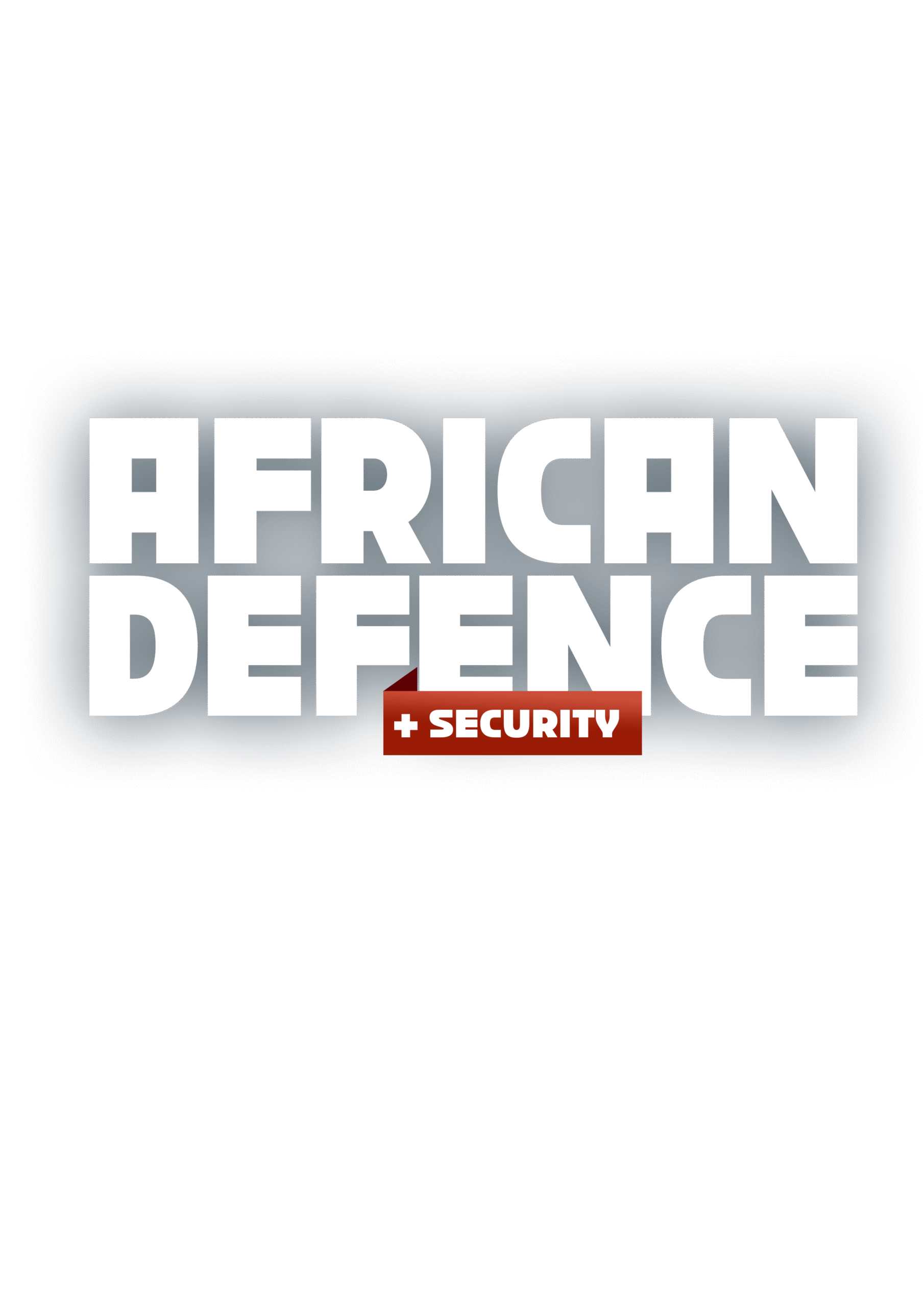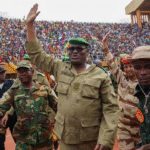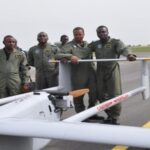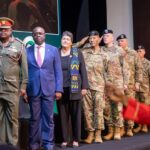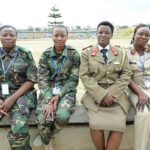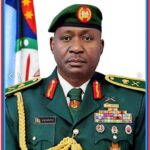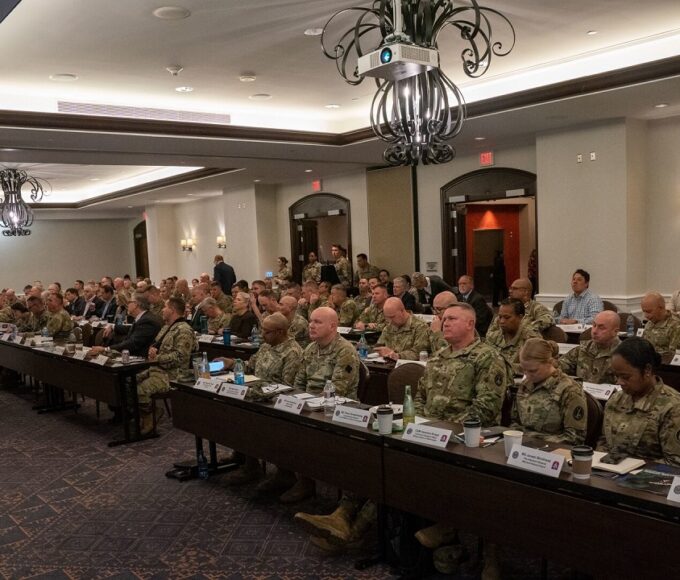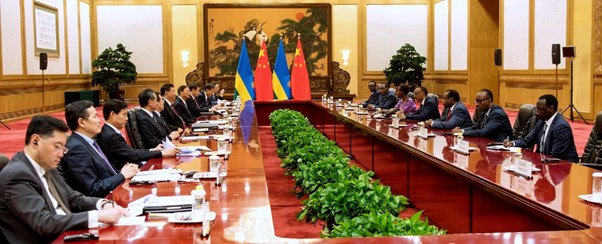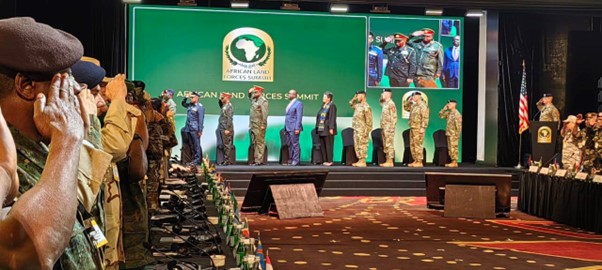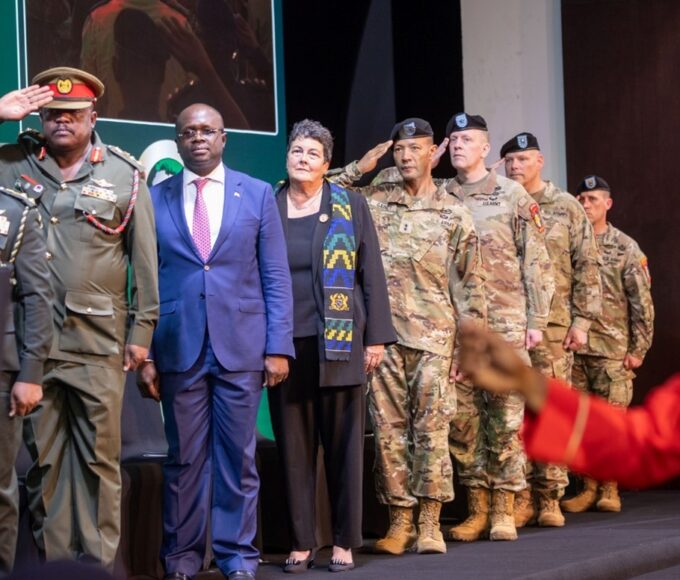Recapping Africa’s Largest Military Exercises: Who Led, Who Learned, What Changed?
In a continent where joint operations—from anti-piracy to peacekeeping—are the norm rather than the exception, large-scale exercises are a vital part of continental preparedness.
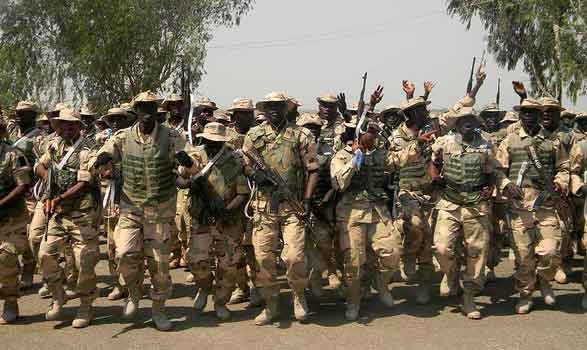
Military exercises are no longer mere drills; they are geopolitical statements, readiness tests, and laboratories for inter-operability. Across Africa, the last five years have seen a significant uptick in joint, multinational, and scenario-based military exercises—many of them involving both African and foreign forces. From amphibious drills off the Mozambican coast to counterterrorism simulations in the Sahel, these exercises have grown in scale, ambition, and political symbolism.
This article reviews the continent’s largest military exercises between 2022 and 2025, analysing who led them, what doctrines were tested, who gained the most, and how these exercises are shaping Africa’s future defence posture.
Why Large-Scale Military Exercises Matter
Africa’s security ecosystem is highly dynamic, requiring forces that can respond rapidly to asymmetric threats, natural disasters, and cross-border instability. Military exercises serve multiple purposes:
- Testing new equipment, logistics chains, and command systems
- Enhancing inter-agency and international coordination
- Training troops in real-world, multidomain conflict scenarios
- Signalling intent and capability to both allies and adversaries
In a continent where joint operations—from anti-piracy to peacekeeping—are the norm rather than the exception, large-scale exercises are a vital part of continental preparedness.
Major African Military Exercises: 2022–2025 Highlights
- Exercise Flintlock (2023 – Ghana and Côte d’Ivoire)
Led by U.S. Africa Command and involving 30+ countries, Flintlock focused on counterterrorism and special operations in the Sahel. Ghanaian and Ivorian forces served as hosts and primary planners, gaining significant experience in logistics, joint command, and ISR (intelligence, surveillance, reconnaissance) integration.
- Amani Africa IV (2024 – South Africa)
This AU-led exercise tested the full deployment of the African Standby Force (ASF) under the African Peace and Security Architecture (APSA). It involved over 5,000 troops from five regional blocs and tested airlift, command-and-control, civilian protection, and post-conflict reconstruction planning.
- Cutlass Express (2025 – Kenya, Seychelles, Djibouti)
Focused on maritime security, this Indian Ocean-based naval exercise simulated anti-piracy interdictions, smuggling disruptions, and search-and-rescue coordination. It was supported by EU NAVFOR and the U.S. Navy, with Kenya playing a key leadership role in scenario design.
- Exercise Blue Kaftan (2023 – Morocco)
A Morocco-hosted exercise involving the Royal Armed Forces and European counterparts. It focused on coastal defence, cyber warfare, and drone swarms, positioning Morocco as a North African hub for hybrid warfare doctrine testing.
- Sahel Shield (2024 – Niger, Burkina Faso, Mali)
An ad hoc trilateral simulation aimed at stabilisation operations in insurgent-held zones. Despite political instability in some participating countries, the exercise provided valuable ground-level insights into joint operations without foreign partners.
Who Led, and How?
African leadership was not just logistical—it was strategic. Countries like:
- South Africa provided planning expertise and base infrastructure for regional forces.
- Ghana emerged as a training and doctrine leader in West Africa.
- Morocco innovated with scenario design using cyber and AI threats.
- Kenya strengthened its status as a regional maritime force multiplier.
Leadership in exercises is increasingly about agenda-setting, not just hosting. African nations are choosing themes, shaping rules of engagement, and using these exercises to refine national doctrine.
Lessons Learned: Operational, Strategic, Political
Operational
- Interoperability improved, but language and equipment mismatches remain barriers.
- Intelligence sharing systems, especially for real-time battlefield decisions, showed promise but revealed technological gaps.
Strategic
- Exercises helped synchronise national security strategies with continental frameworks like the African Standby Force and ECOWAS Early Warning System.
- They also exposed the fragility of continental logistics under pressure—particularly airlift and medical evacuation.
Political
- Exercises doubled as diplomatic platforms. Countries like Rwanda and Egypt used them to strengthen defence diplomacy ties, while others faced criticism for participating alongside foreign powers seen as controversial by domestic constituencies.
What Changed?
The past three years of exercises have reshaped Africa’s military posture in several ways:
- Doctrinal Updates: Many participating countries have revised their field manuals based on exercise feedback.
- Training Academies: Exercises have inspired curriculum reforms in command colleges to reflect real-world hybrid threat simulations.
- Technology Integration: Increased use of drones, tactical comms, and satellite inputs across exercises is now informing procurement priorities.
- Civil-Military Coordination: Exercises involving disaster response and humanitarian corridors are creating stronger ties with civilian agencies.
Exercise Snapshot (2022–2025):
| Name | Host | Focus Area | Foreign Partners |
| Flintlock | Ghana, Côte d’Ivoire | CT & SOF Ops | USA, EU |
| Amani Africa IV | South Africa | ASF Deployment | AU, SADC |
| Cutlass Express | Kenya | Maritime Security | USA, EU NAVFOR |
| Blue Kaftan | Morocco | Hybrid Warfare | France, Spain |
| Sahel Shield | Niger, Mali | COIN Ops | Regional only |
From Drills to Doctrine
Africa’s large-scale military exercises are no longer symbolic or externally driven. They are increasingly strategic, African-led, and geared toward real-world conflict scenarios. While challenges remain—particularly around sustainability, funding, and doctrinal harmonisation—the continent is moving towards a model where exercises inform national policy, build regional trust, and project credible deterrence.
The next step is clear: translating lessons into structured reforms, creating permanent joint planning cells, and ensuring continuity beyond annual drills. For Africa’s militaries, the war games are no longer practice—they’re preparation for a complex, integrated, and rapidly shifting future
Recent Posts
Categories
- Air & Aerospace15
- Border Security14
- Civil Security3
- Civil Wars4
- Crisis4
- Cyber Security4
- Defense15
- Diplomacy17
- Entrepreneurship1
- Events5
- Global Security Watch6
- Industry6
- Land & Army7
- Leadership & Training3
- Military Aviation2
- Military History27
- Military Speeches1
- Naval & Maritime8
- Resources1
- Security12
- Special Forces1
- Systems And Technology8
- Tech6
- Uncategorized3
- UNSC1
- Veterans6
- Women in Defence9
Related Articles
THE ROLE OF DEFENCE CONFERENCES IN GLOBAL PARTNERSHIPS
Defence conferences have emerged as vital platforms for fostering collaboration and understanding...
ByKing Richard Igimoh, Group Editor ALOOctober 9, 2025African Security Think Tanks and Forums: Shaping the Policy Agenda Beyond the Barracks
For decades, security policy across Africa was confined largely to military barracks...
Byadmag_adminJuly 7, 2025African Land Forces Summit: Forging Strategic Ground Power Across the Continent
Where ground forces remain the backbone of African defence, the African Land...
Byadmag_adminJuly 7, 2025Global Defence Shows and Africa’s Participation: A Soft Power Strategy?
As international defence expos grow in scale and influence—spanning the Gulf to...
Byadmag_adminJuly 7, 2025
